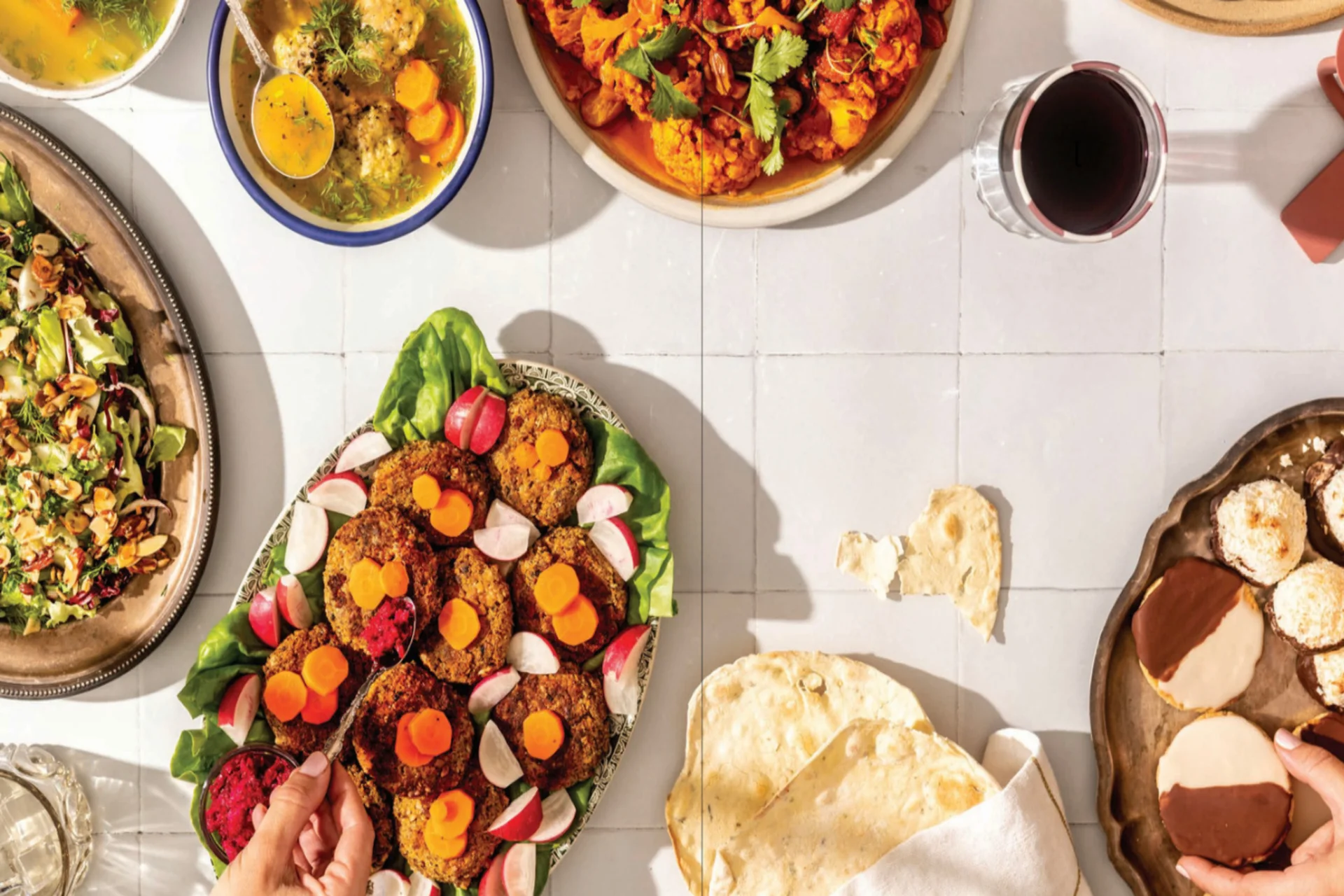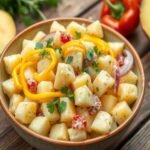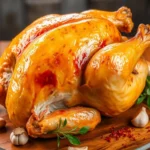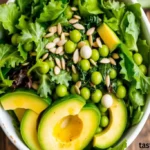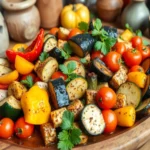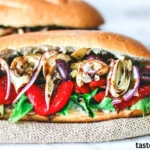The basic principle of Slavic food is based on a combination of traditional recipes, balance, enjoyable taste, and historical perspective. Ave, eating out for vegans poses a problem in traditional Slavic cuisine because most of the foods contain either meat or milk products. But fear not! Of course, there are lots and lots of recipes for these wonderful dishes that provide the feel of the food but have no meat involved. Whether you are experimenting with a vegan meal or just bored of the regular meals, then read this post that will take you through a vegan culinary ride of the Slavic region that enlightens you on how satiating your meals can be with a historical and traditional feel.
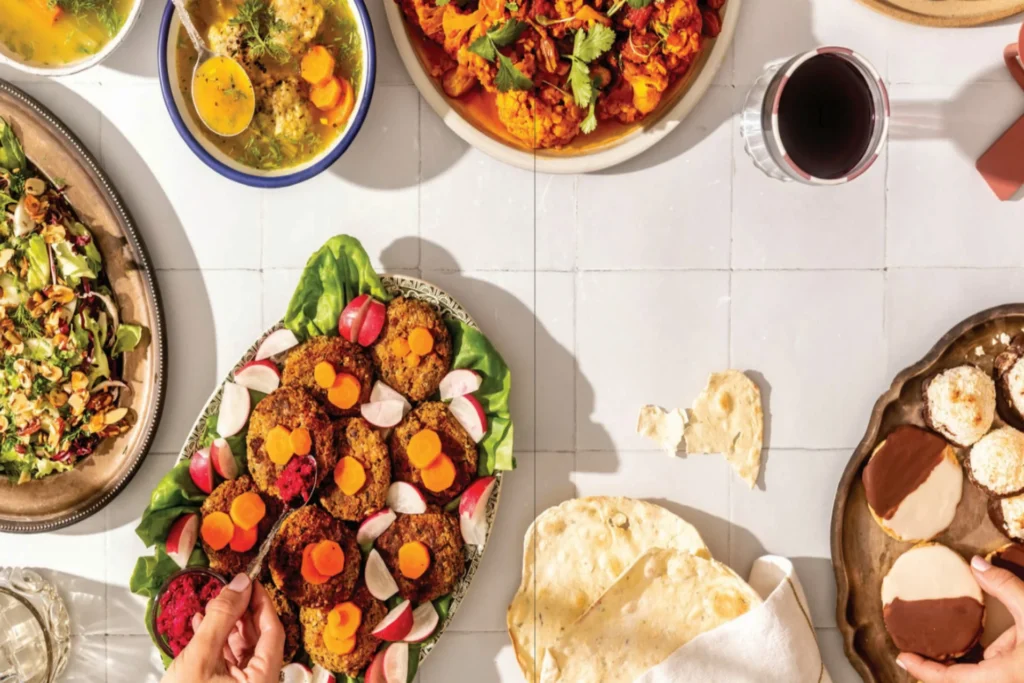
Table of Contents
In this post, you’ll learn about some Slavic favorites that can be made vegan, including borscht, pierogi, and cabbage rolls. Let’s dig in!
Vegan Slavic Cuisine: An Overview
Thus, Slavic food is quite diverse because due to the huge size of Slavic countries, they are located throughout Europe and also in Asia. Vegan Slavic There is still a lot of meat and dairy included in traditional recipes but there is also a lot included of root vegetables like potatoes and beets, cabbage, mushrooms, and grains.
By the way, it is quite easy to make these dishes become vegan as it only needs one to make some replacements. Examples of products that could be substituted for conventional products include vegan sour cream instead of dairy; and mushrooms instead of meat. The result? Real, home-cooked meals that remain as close to the original as it gets.
Now, we bring you vegan recipes of Slavic dishes that you can prepare at the comfort of your home.
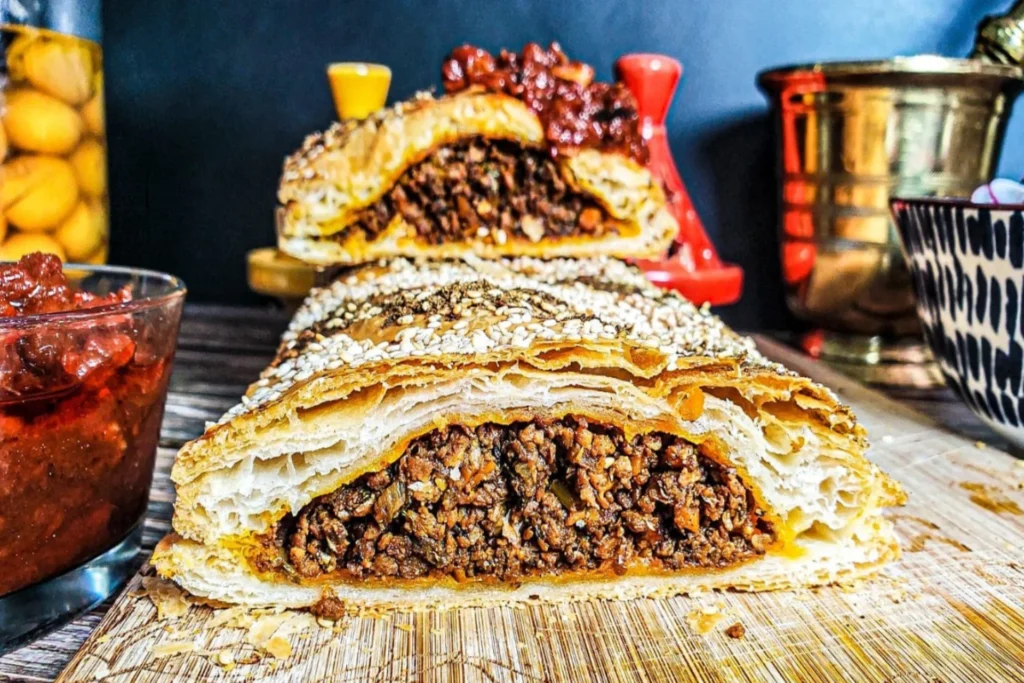
Recipe 1: Vegan Borscht
Ingredients:
500 gm of beetroot, preferably large, which have been peeled and grated.
1 big carrot, peeled into shoestringחorganisms
1 big potato washed and cut into cubes
1 onion, finely chopped
3 garlic cloves, minced
= (1/2) of Green cabbage, finely shredded
Optionally for protein one can of white beans.
4 cups vegetable broth
2 tbsp tomato paste
1 tbsp apple cider vinegar
Salt and pepper to taste
Fresh dill for garnish
Vegan sour cream for serving
Instructions:
In a pot over moderate heat cook the onions until they are translucent.
Put garlic, beets, and carrots in the stewpan and continue cooking for a few minutes, approximately 5.
Finally, stir in the tomato paste and the mixture and cook for one more minute.
Put the diced potatoes and cabbage, then pour the vegetable broth.
Remove the lid, bring to a boil, and then reduce the flame and let it cook in there for a while say, 25 mins or until the vegetables soften.
Next add the apple cider vinegar, salt, and pepper. S
Pour the borscht immediately as a hot dish and decorate it with fresh dill and vegan sour cream.
Pro Tip: Like many other vegetable soup dishes, borscht is best served the second day when the juice has settled at the bottom full of flavor. When you have lots of it… make a large portion so you can have it on hand for the rest of the week.
Recipe 2: Vegan Pierogi
Ingredients:
For the dough:
2 cups all-purpose flour
1/2 tsp salt
3/4 cup warm water
2 tbsp vegetable oil
For the filling:
4 big potatoes, peeled and boiled
1 onion, finely chopped
2 tbsp vegan butter
Salt and pepper to taste
Instructions:
In another bowl, combine the flour, salt, water, and oil and knead well to create a smooth paste. Mix for about 5 minutes, but after mixing it let stand for another 30 minutes.
When the potatoes are cooked mash them and keep them aside.
First, in a skillet, Vegan Slavic caramelize the onions in vegan butter.
Combine the onions with the mashed potatoes; finally, add salt and pepper according to your desired taste.
Place the dough on a floured surface then flatten the dough and use a cookie cutter or glass to make circles.
Put a spoonful of the potato mixture in the center of each circle, fold, and pinch at the edges to close.
You can cook the pierogi in boiling salty water until they float, it may take between 3 and 5 minutes.
Accompany with sautéed onions or vegan sour cream.
Pro Tip: That being said, you can freeze the boiling pierogi. Vegan Slavic For those days when you need something fast, they can be cooked from the freezer and taste divine.
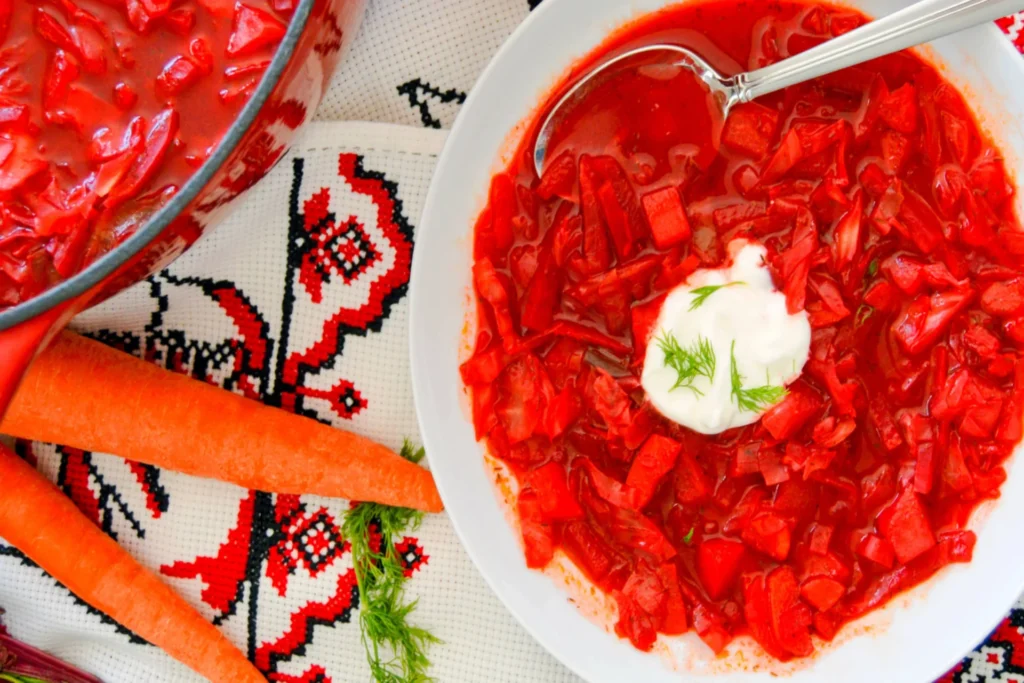
Recipe 3: Vegan Golubtsi (Cabbage Rolls
Ingredients:
1 large head of cabbage
1 cup cooked rice
1 can of lentils, rinsed and drained
1 onion, finely chopped
3 garlic cloves, minced
1 carrot, grated
2 tbsp tomato paste
1 can crushed tomatoes
Salt and pepper to taste
Fresh parsley for garnish
Instructions:
Loosely pull out the cabbage leaves and heat them in boiling water for roughly 2 minutes to make them tender. Set aside.
Onions and garlic should be cooked in a pan until they are tender.
Simmer in the sauce for five additional minutes, stirring on a regular basis, the grated carrot, tomato paste, and the lentils.
Add the cooked rice to the above mixture, then sprinkle salt and pepper on it and mix.
Put a spoon of filling on every cabbage leaf, Vegan Slavic fold the edges of the leaf to the middle and roll up.
Put the rolls into a baking dish pour the crushed tomatoes on top and bake it in the preheated oven of 350 FML for 30-40 minutes.
This meal should be garnished with parsley and then served.
Pro Tip: However, we have to note that Golubtsi makes excellent leftovers; therefore, they can be used for meal planning successfully. Prepare a large amount and then freeze them for mealtime consumption, to avoid going through the process of preparing foods each time.
Tips for Veganizing Slavic Recipes
Creating vegan recipes for Slavic cuisine dishes is doable and I will tell you why below. Here are some key tips for success:
Substitute Dairy with Plant-Based Alternatives: In processing foods such as borscht and pierogi fillings, use vegan butter, sour cream, and milk, but vegetarian safe.
Replace Meat with Mushrooms, Beans, or Lentils: The Vegan Slavic following on the other hand, guarantees the substantive and chewy properties in Slavic food: mushrooms, lentils, and beans.
Use Fresh Herbs and Spices: Common spice SLAVIC CUISINE = dill, parsley, caraway seeds, and paprika – all of which will give an authentic touch to your vegan dishes.
Don’t Forget Fermented Foods: Saure kraut und Gewürzmehlspeisen wie scharfe und erdartete Gemüse sind übliche Beilagen in den Slawische Ländern und vegan. Adding them in increases flavor and nutritional boost.
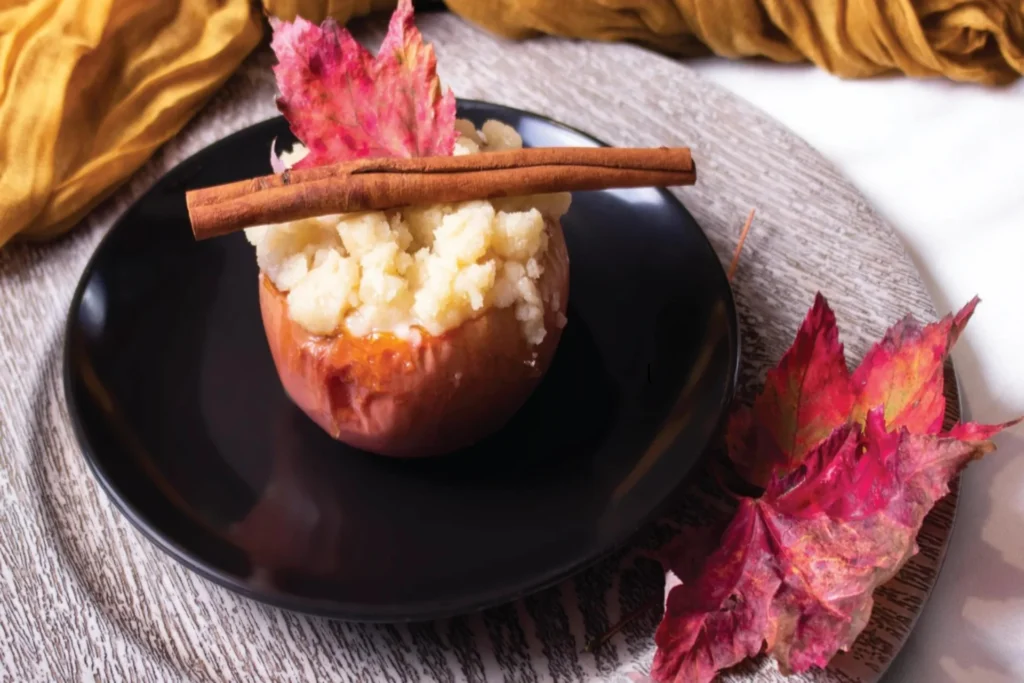
1. Can I make these recipes gluten-free?
Yes! For the pierogi dough, you can use a gluten-free flour blend. Just make sure it’s a blend that works well for making dough, and adjust the water quantity as needed.
2. Are there any traditional vegan Slavic dishes?
Many traditional vegan Slavic dishes are naturally vegan or can easily be adapted. For example, Vegan Slavic salads like vinegar (beet salad) or dishes like Kiszka (buckwheat pudding) can be vegan with little to no change.
3. How can I add protein to these vegan dishes?
Adding protein is easy! Use beans, lentils, or tofu in fillings and soups. Vegan Slavic For a protein boost, you can also sprinkle hemp seeds or nutritional yeast over dishes.
4. Can I prepare these dishes ahead of time?
Absolutely! Borscht, pierogi, and golubtsi can all be made in advance and stored in the fridge or freezer. They often taste better the next day as the flavors have more time to develop.
Conclusion
Eating vegan Slavic food is a mouthwatering way to discover Eastern European culture when on a vegan diet. Vegan Slavic Having said that, by using tasty ingredients and easy swaps, you can have these delicious and satisfying meals at home. Starting with the delicious vegan borscht and ending with the tasty pierogi and vegetable rolls, there is a treat for everyone’s taste. Please try these recipes and go on your culinary journey!
